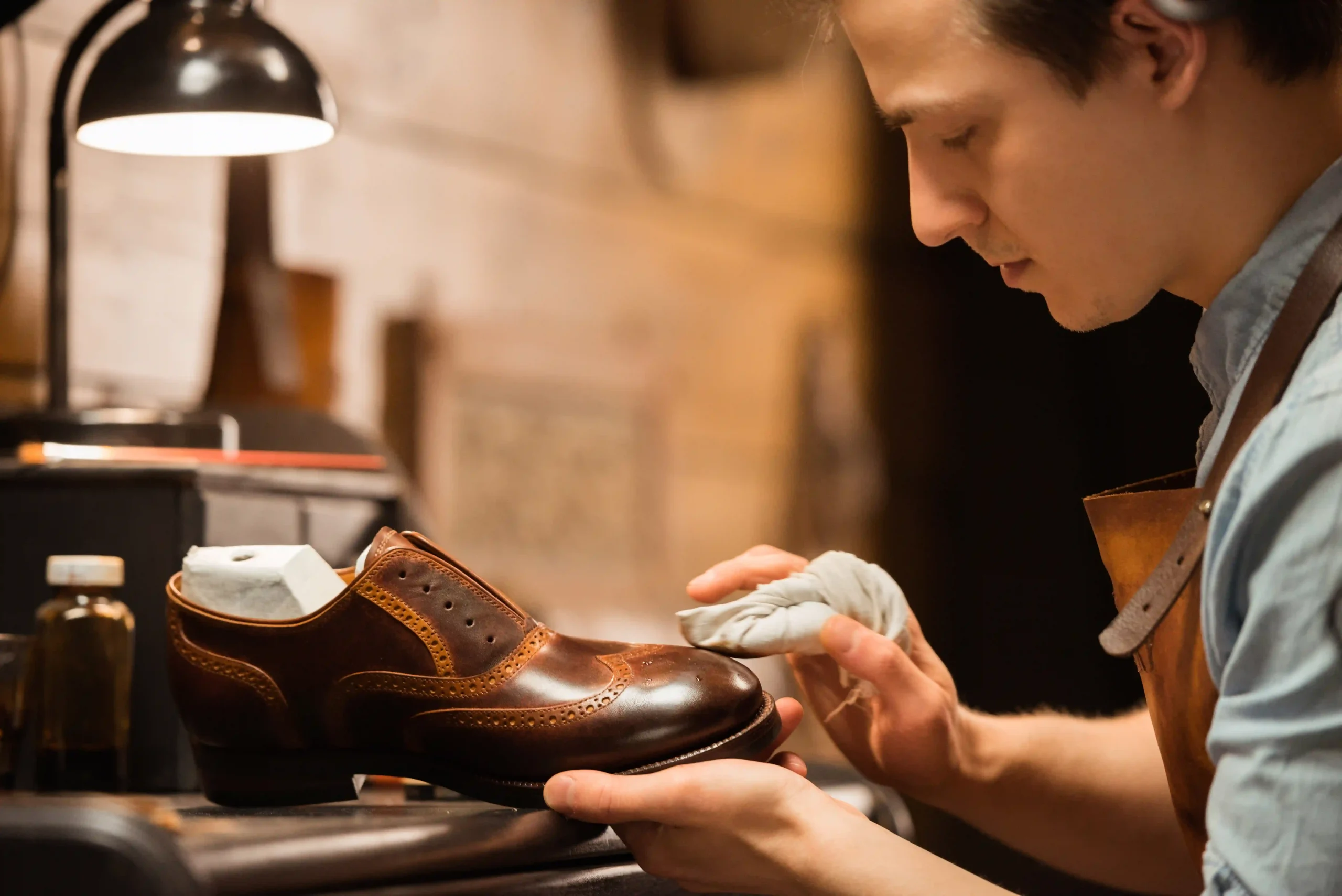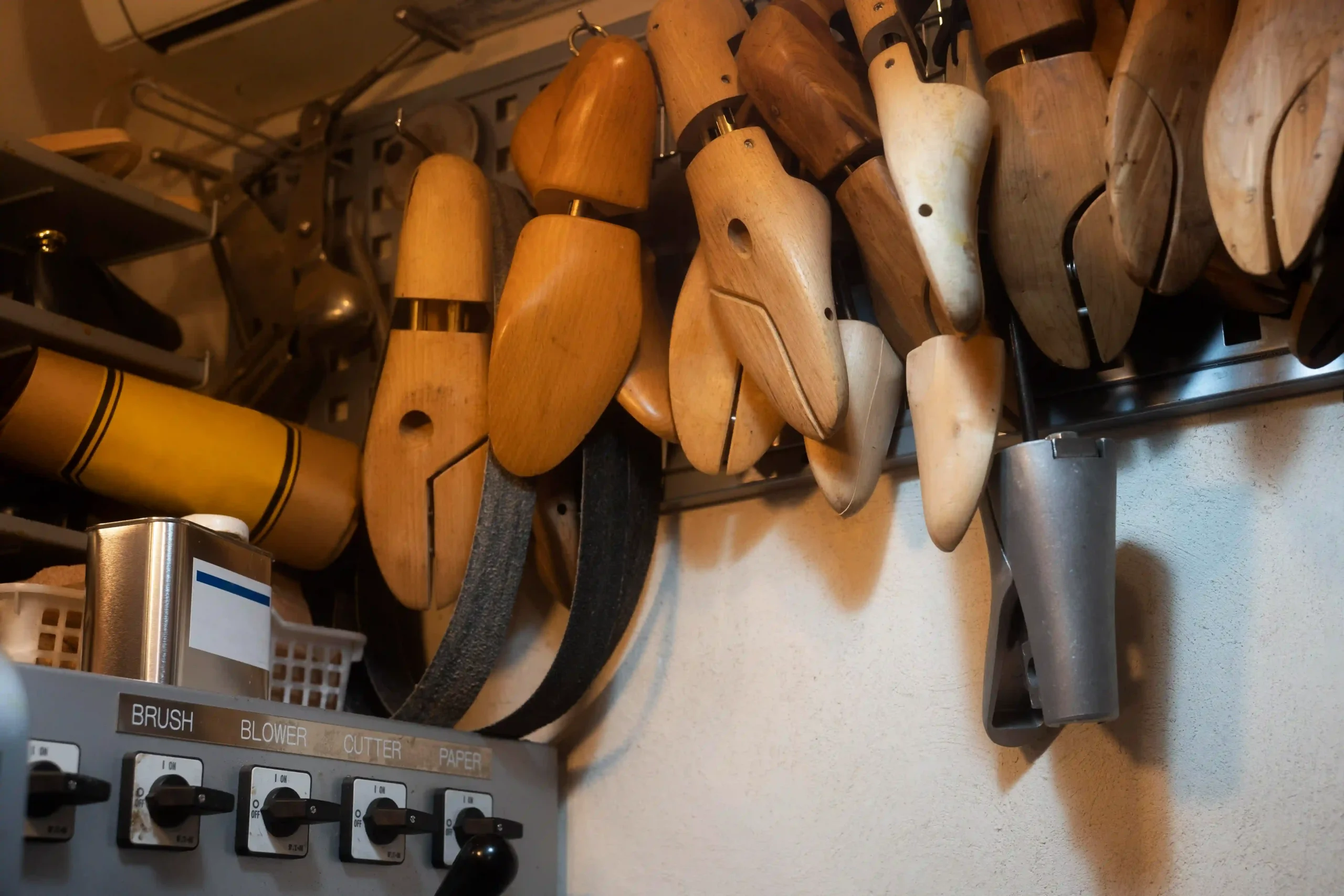Consumer preferences are shifting towards sustainability. People now seek shoes that align with their eco-friendly values.
This change is driving significant industry reforms. Brands are responding by adopting sustainable production methods.
Consumers often prioritize eco-friendly footwear over traditional options. This demand influences production techniques and materials.
Brands utilizing sustainable materials often find an increase in consumer trust. Sustainability in shoe production is no longer a trend but a transformative movement.

Understanding Sustainable Shoe Production
Sustainable shoe production aims to lessen the environmental footprint of footwear. It involves using materials and processes that are gentle on the planet.
Eco-friendly footwear is often crafted from organic and renewable materials. These include organic cotton, recycled rubber, and plant-based leathers.
Key components of sustainable shoe production include:
-
- Energy-efficient technologies. These technologies reduce the carbon footprint of production processes.
- Water conservation. It is also a crucial part of sustainable production. Factories adopt methods to minimize water usage in manufacturing.
- Green principles. Implementing sustainable practices extends beyond materials. It’s about integrating green principles throughout the production process.
The benefits of sustainable shoe production are multifaceted. It supports biodiversity by reducing harmful practices.
Factories worldwide are starting to realize the long-term savings from these sustainable practices. They discover efficiencies that lead to cost reductions. More brands are also focusing on transparency to validate their sustainability claims.
Overall, sustainable shoe production is an essential move for the footwear industry. It promises better environmental stewardship and a healthier planet.
The Circular Economy in Footwear Manufacturing
The circular economy is transforming footwear manufacturing by focusing on reducing waste. This approach promotes reusing and recycling materials whenever possible.
At its core, the circular economy aims to create closed-loop systems. A few principles of circular economy in footwear include:
-
- Designing for longevity and durability.
- Creating shoes that are easily disassembled for recycling. Some brands even offer take-back programs for old shoes.
- Encouraging recycling and upcycling of old footwear. This ensures shoes decompose naturally at the end of their lifecycle.

Circular economy practices benefit the environment immensely. They cut down on waste and decrease the need for virgin materials. This shift not only aids in sustainability but also fosters innovation within the industry.
Environmental Materials and Innovations
They produce items that are modular and recyclable, and must use sustainable materials. These materials promise both innovation and environmental benefits. Key materials and innovations in sustainable shoes include:
-
- Renewable and recycled resources, like organic cotton, recycled rubber, and plant-based leathers are popular choices.
- Low-pollution adhesive. Adhesives are involved in many stages of shoe manufacturing. Selecting adhesives with a low risk index and that are safe for the environment, such as Heley’s adhesives. Heley adhesive ensures that shoes are safe for the environment throughout their lifecycle.

- Biodegradable components. To support this combination form, this trend aligns with consumer demand for less environmental impact.
As these innovations spread, they promise to reshape the shoe industry. Brands utilizing these materials often find an increase in consumer trust. Sustainability in shoe production is no longer a trend but a transformative movement.
Sustainable Practices in Shoe Factories: Energy, Water, and Waste
Sustainable practices in shoe factories include:
Use of renewable energy sources
Implementation of water recycling systems
Adoption of waste reduction strategies
Shoe factories are turning towards sustainability by optimizing energy use. Many have embraced energy-efficient technologies. This shift reduces their carbon footprint and operational costs.
Water conservation is another focus area. Factories implement techniques to minimize water waste. Water recycling systems are becoming common. These systems significantly cut down water usage.
Waste management plays a crucial role in sustainability. Factories are innovating ways to reduce waste. They often repurpose by-products and adopt recycling.
Renewable resources are replacing traditional materials. This change lessens environmental impact. It also supports a circular economy.
The integration of sustainable practices has tangible benefits. It boosts environmental health and economic savings.

Industries that embrace these practices position themselves as leaders in sustainability. These efforts foster a positive brand image and encourage industry-wide change.
The Role of Technology and Innovation in Green Manufacturing
Technology is pivotal in advancing green manufacturing. It enhances efficiency and reduces waste. The use of digital tools streamlines production processes.
Innovation drives the development of eco-friendly materials. This supports the production of eco-friendly footwear. 3D printing offers another groundbreaking technique in reducing material waste.
Energy-efficient technologies are increasingly integrated into factories. These help to lower carbon footprints significantly. The adoption of such technologies is on the rise.
Key technological innovations include:
Digital tools for efficient production
3D printing to minimize waste
Energy-efficient technology integration

These advancements are crucial for achieving sustainable production goals. By embracing technology, one can definitely envision the future trends of the footwear industry.
Conclusion: Stepping Forward with Sustainable Development
Sustainable shoe production offers a pathway to a brighter future. By adopting eco-friendly practices, factories can reduce their environmental footprint.
The growing demand for sustainable methods is reshaping the industry. Consumers play a key role in driving change by choosing responsible brands.
Collaboration among brands, consumers, and regulators is essential. Together, they can foster a more sustainable world. The commitment to sustainability today lays the groundwork for future generations.
